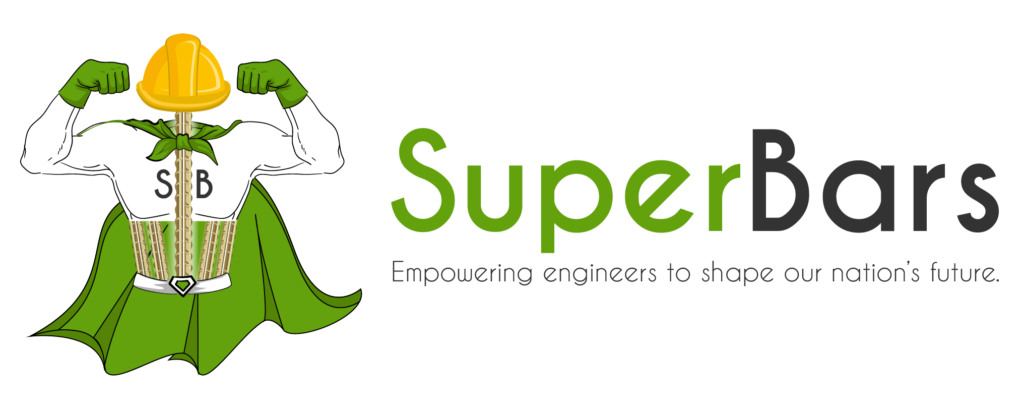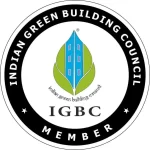The Applications of GFRP Rebars
GFRP rebars, also known as fiberglass rebars, are a revolutionary alternative to traditional steel reinforcement. With exceptional strength and unique properties, GFRP rebars find applications in a wide range of construction projects, enhancing the durability and performance of concrete structures. Corrosion-Resistance, Infrastructure and Civil Engineering, Buildings and High-Rise Constructions, Industrial and Chemical Environments, Seismic Retrofitting are to name a few.
BUILDING STRUCTURES
SLAB ON GRADE, PARKING GARAGES & BALCONIES
Parking Garages in particular are susceptible to corrosion as the vehicles which are housed in them carry in water and salt from the roads.
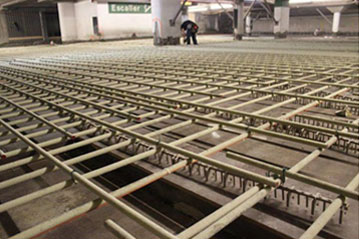

SUPERBARS™ becomes perfect solution over steel, to protect from corrosion. An anti-corrosive rebar like SUPERBARS™ makes it efficient in foundations as they are in constant contact with soil and water. It is a durable product that can withstand heavy loads of vehicles.
INDUSTRIAL STRUCTURES
WAREHOUSES & FACTORY SHED
In a completely different area and dealing with a very different problem, aluminium smelters are subject to overheating
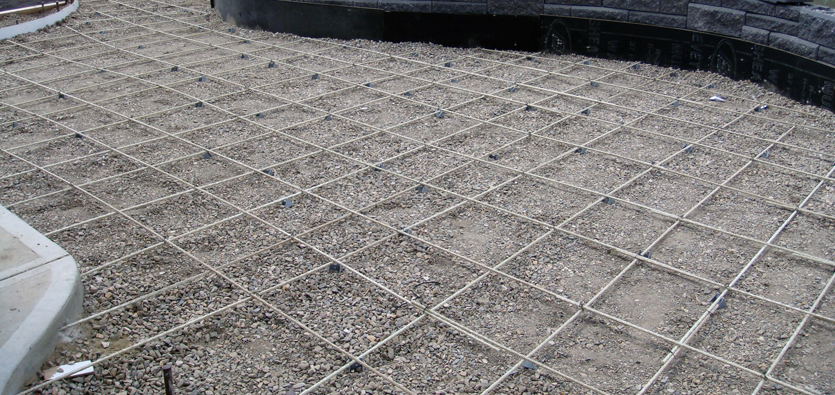
of the reinforcement in the slabs of the pot rooms, which, in turn, damages the concrete.
The loops created by the reinforcement pattern in the slab cause, by induction, significant energy losses and ultimately make the reinforcement a heating element.
CIVIL STRUCTURES
BRIDGE DECKS, SLAB CULVERTS, PARAPETS & CRASH BARRIERS
ridge Decks and culverts in particular are susceptible to corrosion due to water and salt from the roads.



SUPERBARS™ makes it efficient in foundations while building concrete bridges as they are in constant contact with soil and water.Exposed to the effects of de-icing salts, these structures’ reinforcement is usually their greatest weakness.
JOINTED PAVEMENTS ON HIGHWAYS
The corrosion of steel dowel bars ultimately leads to joint failure between pavement resulting in widen cracks on highways.

This results in expensive repairs of such cracks in roads that are far from reaching their expected service life.In order to permanently eliminate the negative impact of steel corrosion
AIRPORT RUNWAYS
Major airplanes like Boeing are continuously getting larger and heavier. Runways need to be built with a long-term vision.

These runways should be built with fiberglass reinforcement material like SUPERBARS™ to withstand the impact of over 200 Tonnes on main landing strips.
RETAINING WALLS
Retaining walls are among the structures that are subject to exposure to salt spray, whether it be from passing vehicles on roads
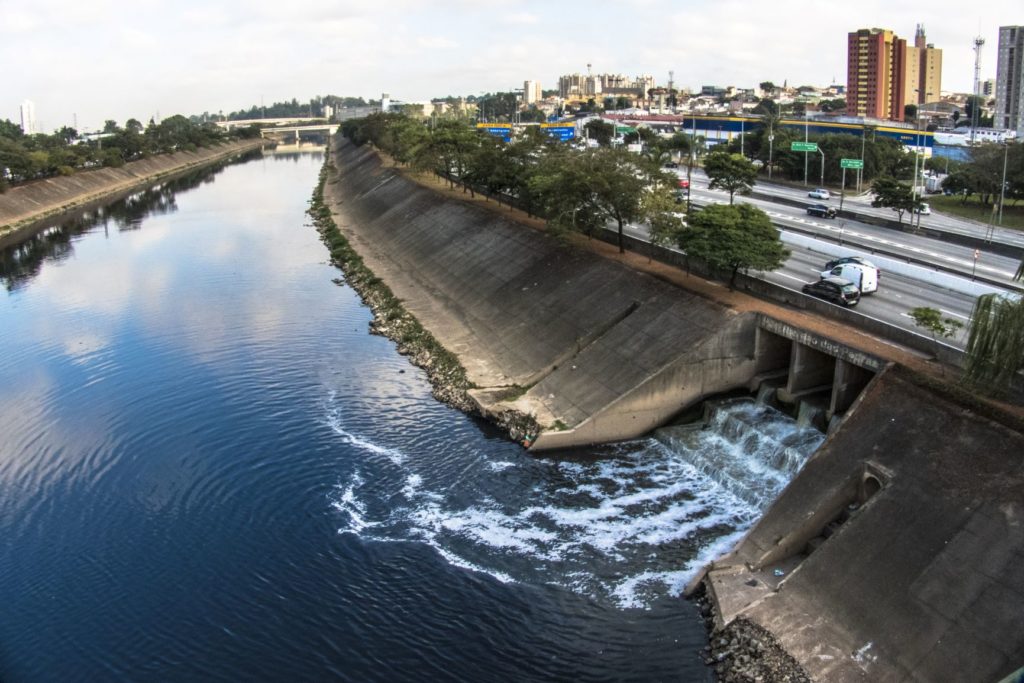
roads where de-icing salts are used or from their installation in coastal areas.The durability of these structures is frequently questioned, and seeing them reinforced with the so-called corrosion-resistant reinforcement is not uncommon.
WATER TREATMENT PLANTS
Drinking water and wastewater treatment plants often experience problems with the degradation of their reinforced concrete infrastructures.

The use of halogens such as chlorine, fluorine, or iodine in the disinfection of drinking water, as well as ozonation, has a corrosive effect on steel, whether it is black, galvanized, epoxy coated or even stainless steel.
MARINE APPLICATIONS
DAMS & CANALS
Deterioration of reinforced concrete structures in marine environments due to chloride ion migration, leading to
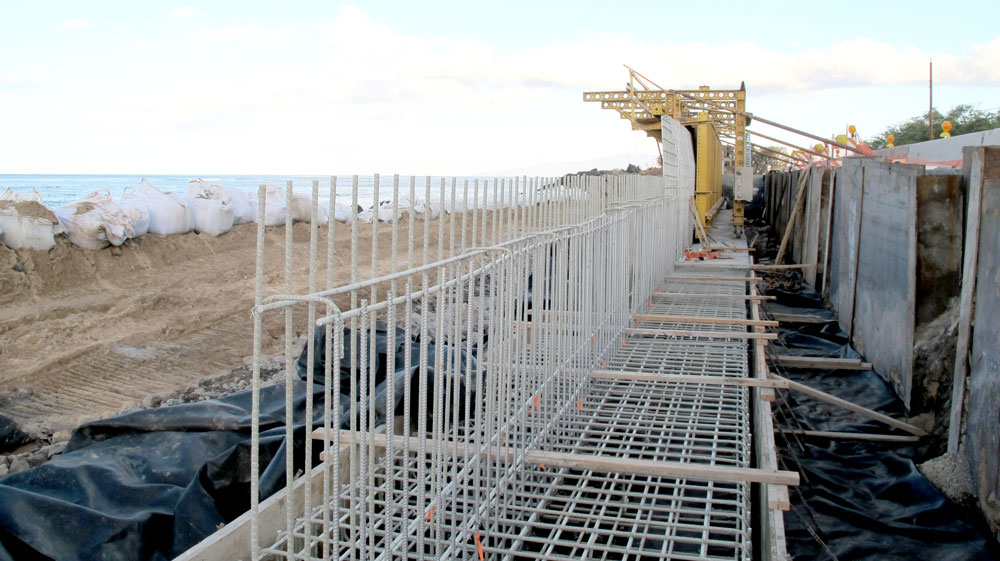
corrosion of the reinforcing steel in these structures, is a serious and widespread problem around the world.The standard solutions to control corrosion of reinforcing steel, such as using cathodic protection increasing the thickness of the concrete cover
MINING & TUNNELS
Tunnels boring techniques like shields and tunnel boring machines (TBMs) is widespread and gets done only through the construction

of a reinforced concrete launch box and extraction shaft.Although its well adapted, TBMs are not well suited to work their way through a steel-reinforced concrete structure because of the resilience of the steel.

